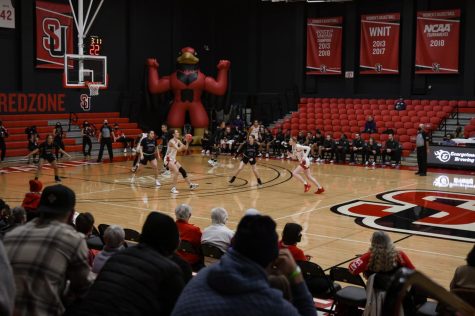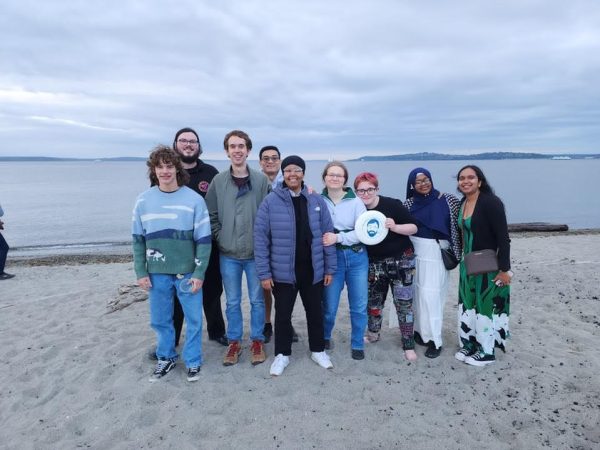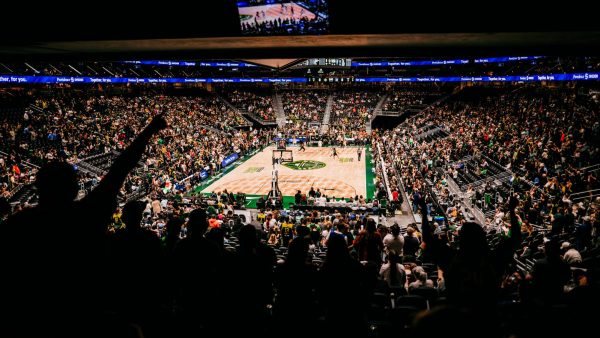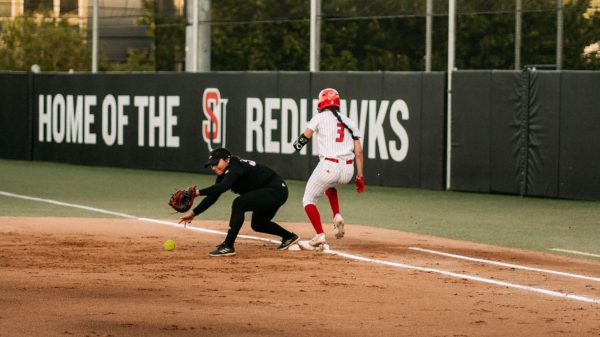Major League Cricket Seeks to Grow Sport in America, Seattle Franchise Included
Major League Cricket (MLC) represents the newest bid at growing the United States’ market for the internationally popular sport. Starting with a six-team format and a 19-day season this July, the MLC will host games exclusively at Grand Prairie Stadium in Texas.
The Pacific Northwest will be a part of the league, which was founded in 2019, as the Seattle Orcas were unveiled in March. In turn, they will provide a major league companion to Minor League Cricket’s (MiLC) Seattle Thunderbolts. Among the team’s owners are the GMR Group and Microsoft CEO Satya Nadella. They are backed by the Indian Premier League’s (IPL) Delhi Capitals, who are also owned by GMR. Other teams in the MLC will be based in Los Angeles, San Francisco, Texas, Washington D.C. and New York.
Jagan Nemani, head of technology and junior programs for the MLC and one of the overseers of the Orcas, emphasized the excitement around cricket and willing benefactors as essential to Seattle landing a team.
“We were basically in a race against Chicago,” Nemani said, as the rival city already had two minor league teams. “We beat them to it because we were able to find not only a good pedigree of investors, [but] a growing community… as well as, you know, a good place where [the Orcas] could call home.”
That home will be at Marymoor Park in Redmond, Washington, where the team plans to build a 6,000-occupant stadium and public cricket ground—tentatively named Marymoor Community Cricket Park. The MLC is still working with King County to iron out the details of the grounds as the team will not play in Redmond for at least another year.
In terms of the league itself, the player composition in the MLC and in the international cricket scene is unique compared to predominantly American sports, like American football, where athletes play year-round for a single league. Twenty20 (T20) leagues—the type of quicker style of cricket that will be played in the MLC—rarely run for longer than two months. Professional cricketers often play in upwards of 12 leagues per calendar year, including national team play. This means there is no shortage of elite talent for the MLC to acquire, as top players are always looking for a new opportunity to join a league.
The MLC capitalized on that opportunity by first picking July for their season, as no other major T20 league will be playing at that time, according to Nemani. This will allow for players who usually play overseas in other major leagues, like the IPL’s Mitchell Marsh, to join the MLC for the season.
Harmeet Singh, the first overall pick in the MLC’s recent player draft and former captain of the Seattle Thunderbolts, has confidence in the talent the league has already drawn and domestic players it could produce. Singh has played in the U.S. since 2020 and coached youth players at various academies across the country. Thanks to that experience, Singh is optimistic for cricket’s future domestically.
“I think [the MLC] will be one of the better leagues around the world once it takes off, because the talent is there,” Singh said. “It’s just the talent did not have the right path. I think this is a system that we were lacking—now we have a minor league system and then we have a major league setup.”
Due to the league’s short seasons, Nemani noted that the stadium’s grounds will be available for public use for a limited number of hours per week. This availability will give Redmond its first public cricket ground and provide one of the only such facilities in the Pacific Northwest.
Redmond locals, like Ananth Iyer, a lifelong cricket fan and second-year chemistry major at Carleton College, were thrilled to hear of the possibility of getting such facilities in the town.
“[We were] pretty much just using turf soccer or baseball fields and repurposing them to play cricket with incorrect field dimensions, because that was all we really had,” Iyer said of his time playing youth cricket in Redmond. “I feel like it’ll be a great investment that a lot of people would use.”
The MLC has also taken steps to develop the next generation of domestic cricketers. Nemani coordinates the MLC Junior Championship, a youth cricket tournament which has grown substantially over the past two years and will host 1,500 children from over 100 teams in Atlanta at the end of May.
Nemani also runs the league’s academy system, which provides facilities and coaching for youth players across the country.
“We are developing the cricket ecosystem,” Nemani said. “So basically we have a very holistic approach in terms of developing cricket in this country, and we work with many different facets to make sure it’s happening.”
The MLC’s approach to growing cricket in the U.S. is an interesting one. With short-term plans to host a season this year while developing youth players in the long-term, it will take decades to truly gauge the league’s success. Providing the nation’s only major league platform for sport appears to be only the first step.






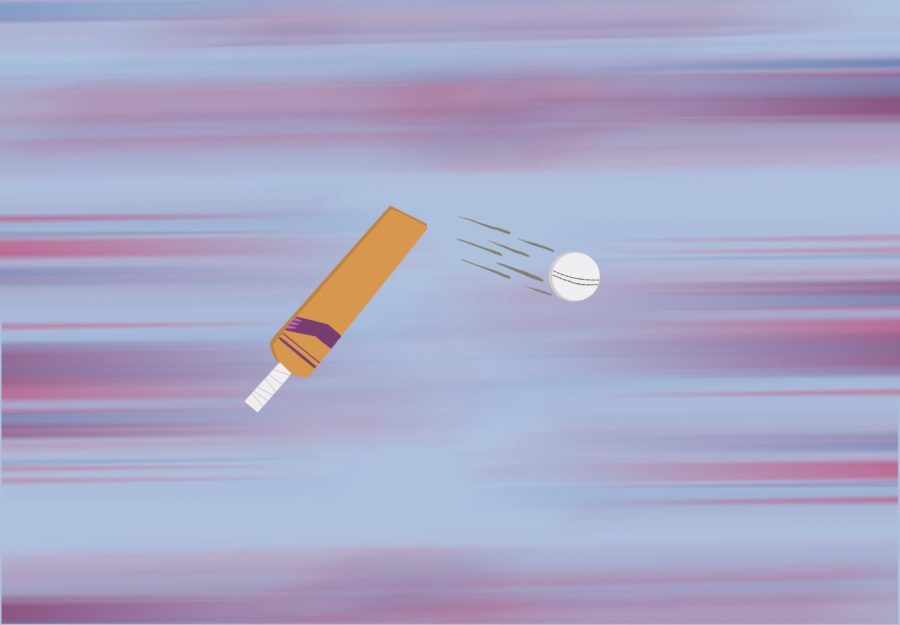
![Josh Gibson Supplants Ty Cobb, Babe Ruth, as Baseball’s Best Hitter [OPINION]](https://seattlespectator.com/wp-content/uploads/2024/05/gettyimages-72075891-600x338.jpg)
